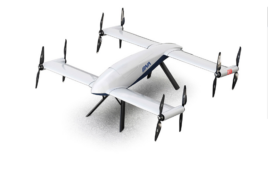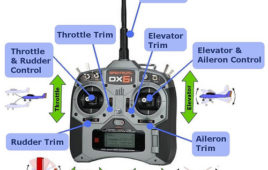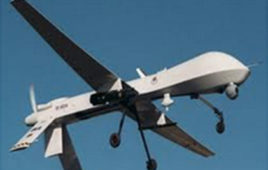Unmanned aerial vehicles (UAVs) or drones play a significant role across various industries and sectors. They’re proving adaptable, reliable, and effective. For example, drones provide transportation in logistics and delivery, search and rescue, infrastructure inspection, precision agriculture, disaster response, mining, urban planning, security, surveillance, and space exploration. There are many different types of drones, classified…
How drones are serving next-generation logistics
E-commerce is no longer novel. Online shopping delivered to one’s doorstep has become a typical millennial lifestyle. The backbone of the e-commerce industry is the shipping and logistics sector. However, of the biggest challenges for shipping companies is the timely delivery of orders at the lowest possible cost. Digitalization has helped by providing real-time tracking…
Unmanned Aerial Vehicle
In the last few years the interest in Unmanned Aerial Vehicles (UAVs) and their use for an ever increasing range of applications has grown tremendously. This [[wysiwyg_imageupload::]]type of aircrafts can be controlled remotely or programmed to fly in an autonomous way. They have been used for different types of applications as individual entities, both in military and civil tasks. Research related to this type of systems is being undertaken in many areas going from the design of more efficient aircraft aimed at specific applications, to the development of improved control electronics that provide for better autonomous behaviors, to optimized path planning strategies, or to opening new application domains. Currently, a whole new field of research is opening up in the area of coordinating UAV teams to cooperatively perform different missions. This field is still in its infancy and many exciting new approaches are being explored for different applications. Examples of these are works related to trajectory planning in UAV teams, real time target tracking, and many others.
Military Robotics: Robots in the Military
The utilization of robotics in military is well shown by US army. Osama and other terrorists were tracked by these military robots. They are robust, they are obedient, they are daring, they don’t have fear of death, and most important they have proved themselves in Iraq and Afghanistan. Now, terrorists are terrified by drone attacks. The utilization of robotics technology in military led to a new field in robotics i.e. Military Robotics.Military robotics isn’t about creating an army of humanoids but utilization of robotics technology for fighting terror and defense of the nation. Thus, military robots needn’t to be humanoids or they not necessarily need to carry weapons, they are just those robots that can help the armed forces.




